Although Apple is far behind its competition in wired charging, it has set the trend for wireless charging. But not every trend here will survive the decade with us. While wireless charging may be really popular with consumers, we may soon be saying goodbye to it for good – at least as we know it.
iPhones from the iPhone 8 and iPhone X, which Apple introduced in 2017, can charge wirelessly. Every model that Apple has released since then has wireless charging. In the iPhone 12, he then expanded it with MagSafe technology, which is currently also offered by the iPhone 13 and 14. All we had to do was come up with a series of ideally placed magnets and the accessory manufacturers would help me – and so would we, because we will use them just as holders for our iPhone.

We have already informed you that a new wireless charging standard called Qi2 is on the way, which should also be improved with magnets. This is because, thanks to the precise positioning of the charger with the phone, there is less loss and faster charging - still compared to the slow wired one. MagSafe with compatible iPhones will offer 15 W instead of only 7,5 W, which is present on Apple phones in the case of Qi charging. At the same time, Qi also offers a maximum of 15 W for Android, but if magnets are used, the door is said to open for higher speeds, thanks to a more precise setting of the phone on the charging pad.
It could be interest you
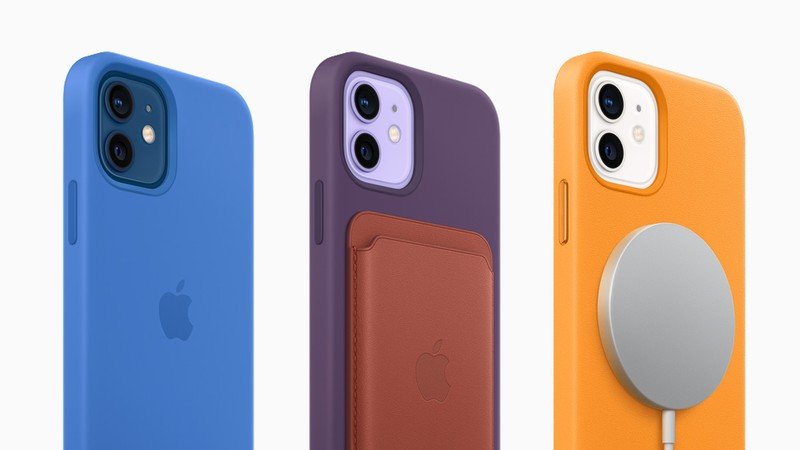
The situation with Android phones is changing
The OnePlus company has an event with the global launch of the OnePlus 11 phone, but it lacks the possibility of wireless charging. According to the company, it does not need it. It is thus the first flagship of the manufacturer that will not be able to charge wirelessly since the OnePlus 7 Pro generation. "We feel that if the phone's battery life is long enough and charging is fast enough, users simply don't need to charge the phone as often," company representatives mentioned. "OnePlus 11 is able to charge from 1% to 100% in just 25 minutes, and in this case, users don't need to charge their phones as often," and of course with the help of slow wireless chargers.
Wireless charging speeds were never his point. Rather, it has always been a feature focused on user convenience. But it's the added value of the phone that makes it unnecessarily expensive, so why maintain it? Maybe that's why Qi2 is now coming as the last wave of wireless charging, maybe that's why Apple doesn't improve its MagSafe in any way. There are still quite a few models on the Android phone market that provide it, and they are mainly only among the top models (only Samsung is the leader here, you can find the exact list <a href="https://cdn.shopify.com/s/files/1/1932/8043/files/200721_ODSTOUPENI_BEZ_UDANI_DUVODU__EN.pdf?v=1595428404" data-gt-href-en="https://en.notsofunnyany.com/">here</a>).
It could be interest you
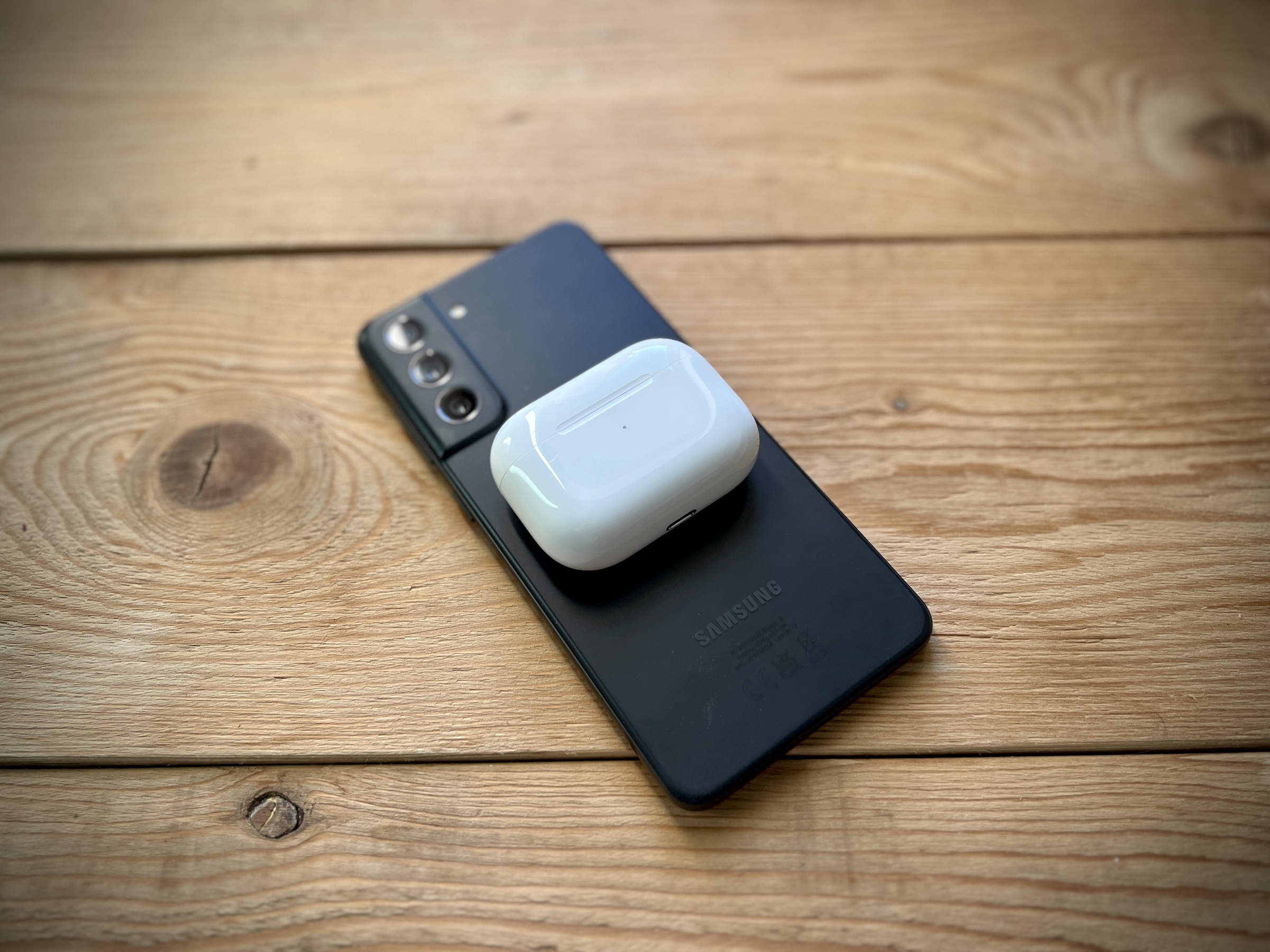
Wireless charging as we know it today probably does not have a bright future. Because if customers accept the OnePlus strategy, other manufacturers with Android will also switch to it, and soon we can only charge iPhones wirelessly. This is assuming wireless chargers, because there has been talk of wireless charging for a long time short and long distances, which of course makes sense and will make sense, no matter how fast cable charging is.
 Adam Kos
Adam Kos 

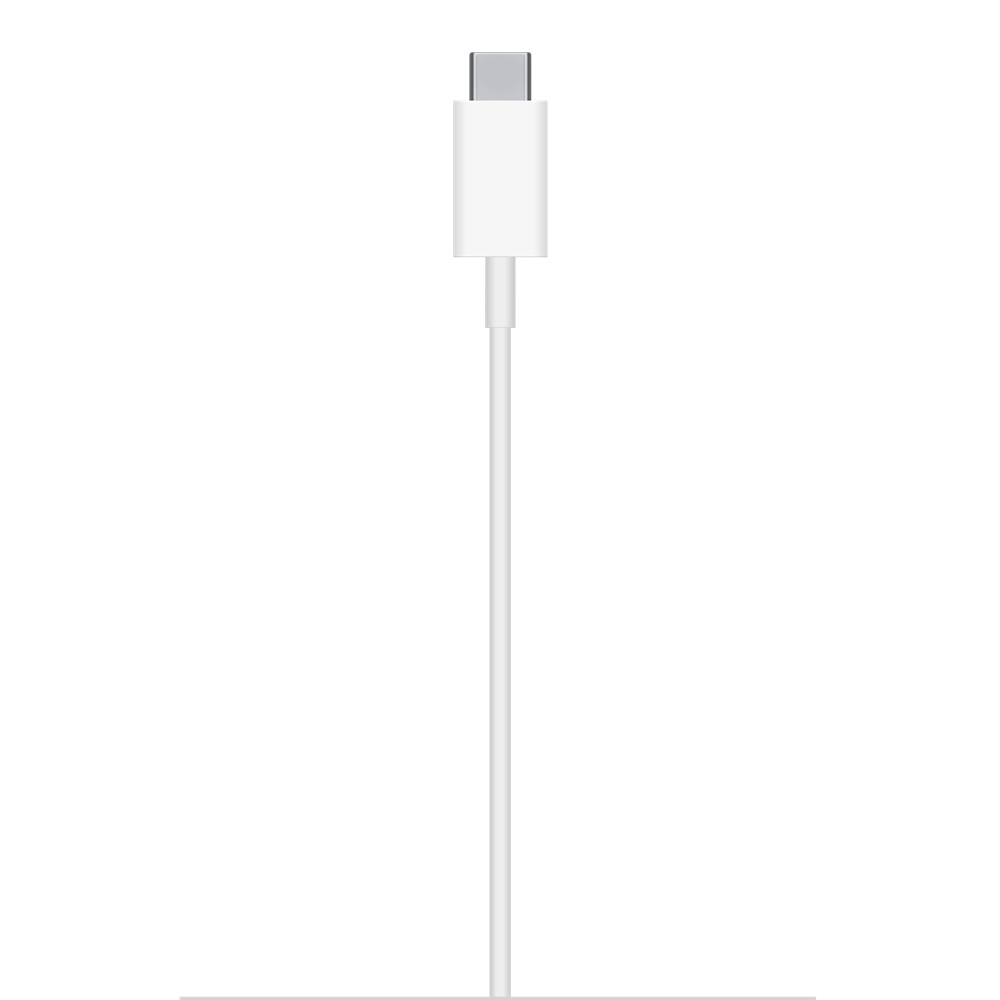
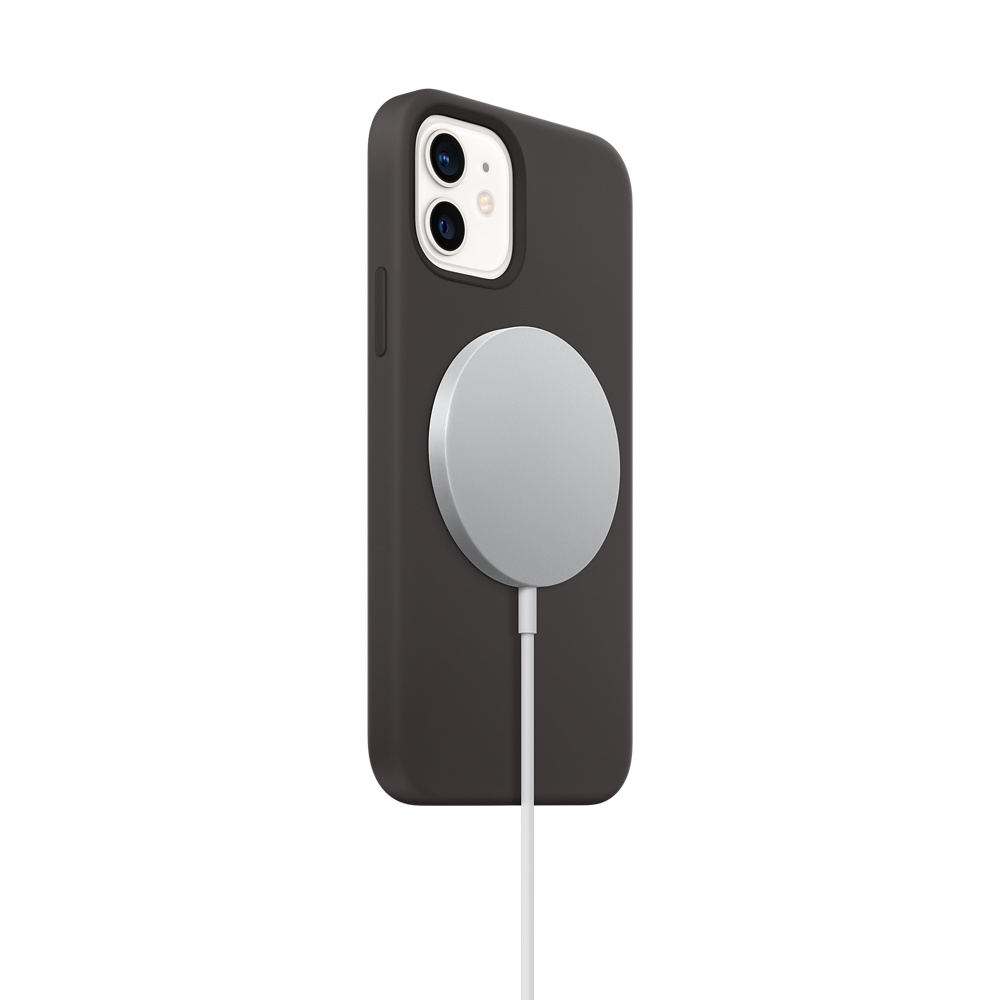
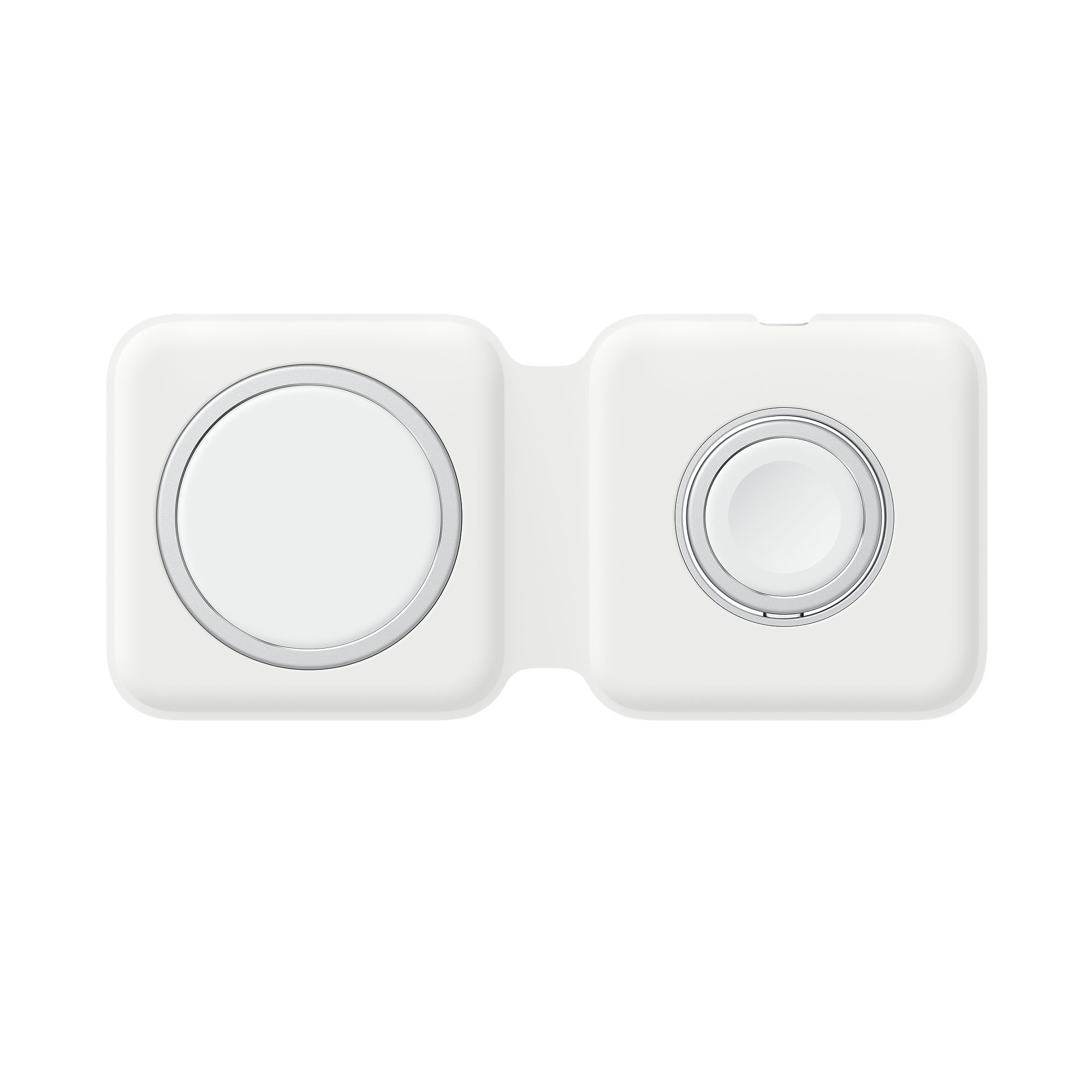
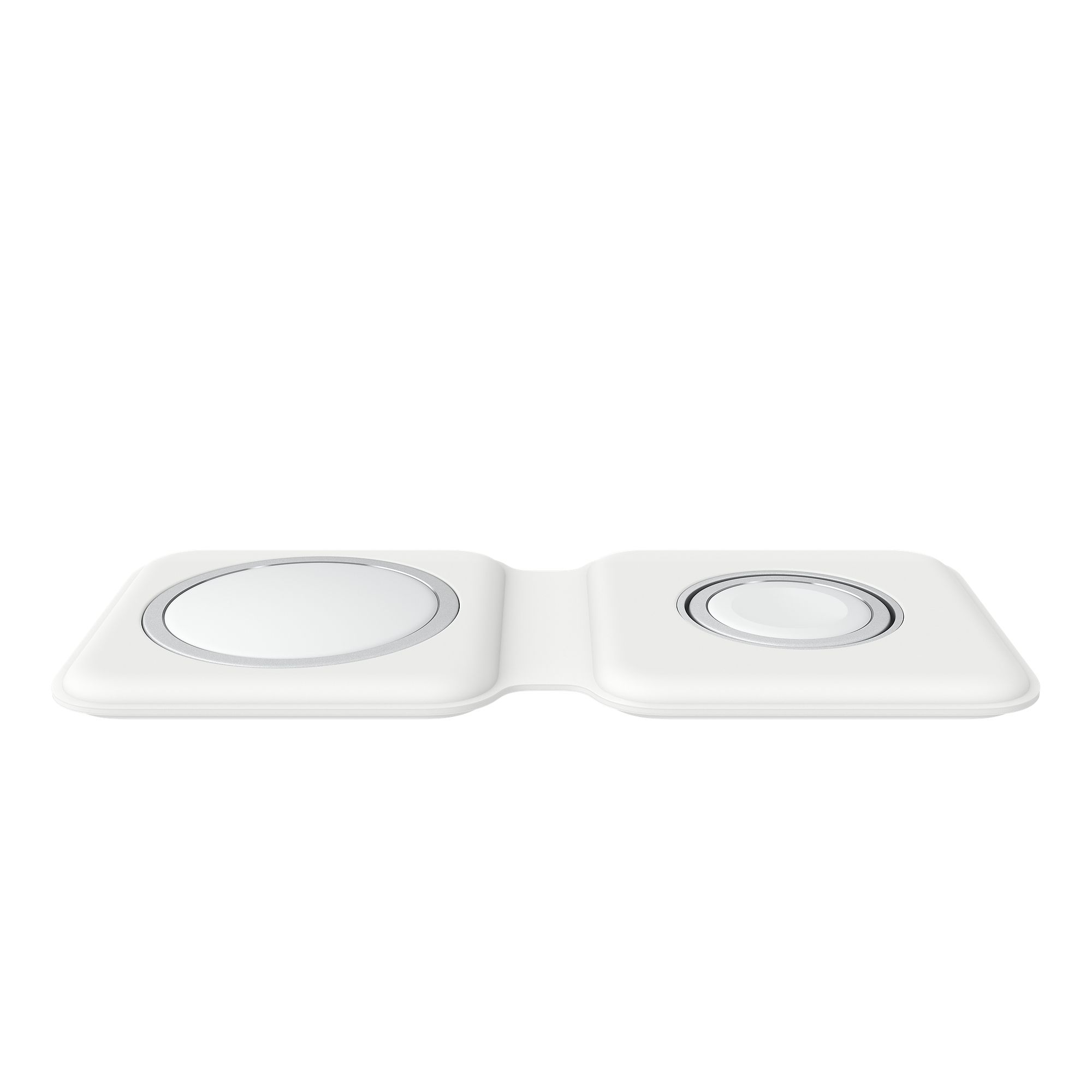
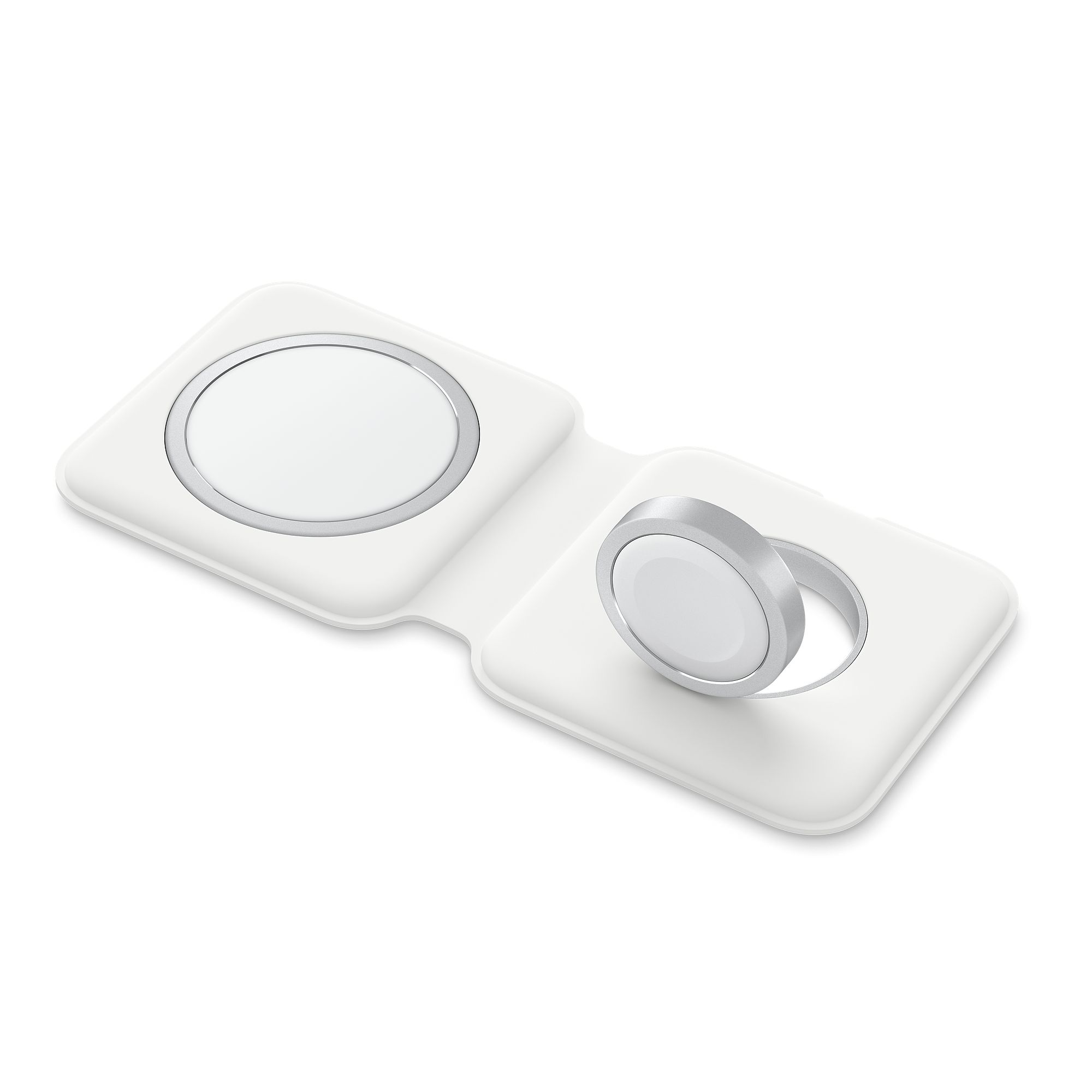
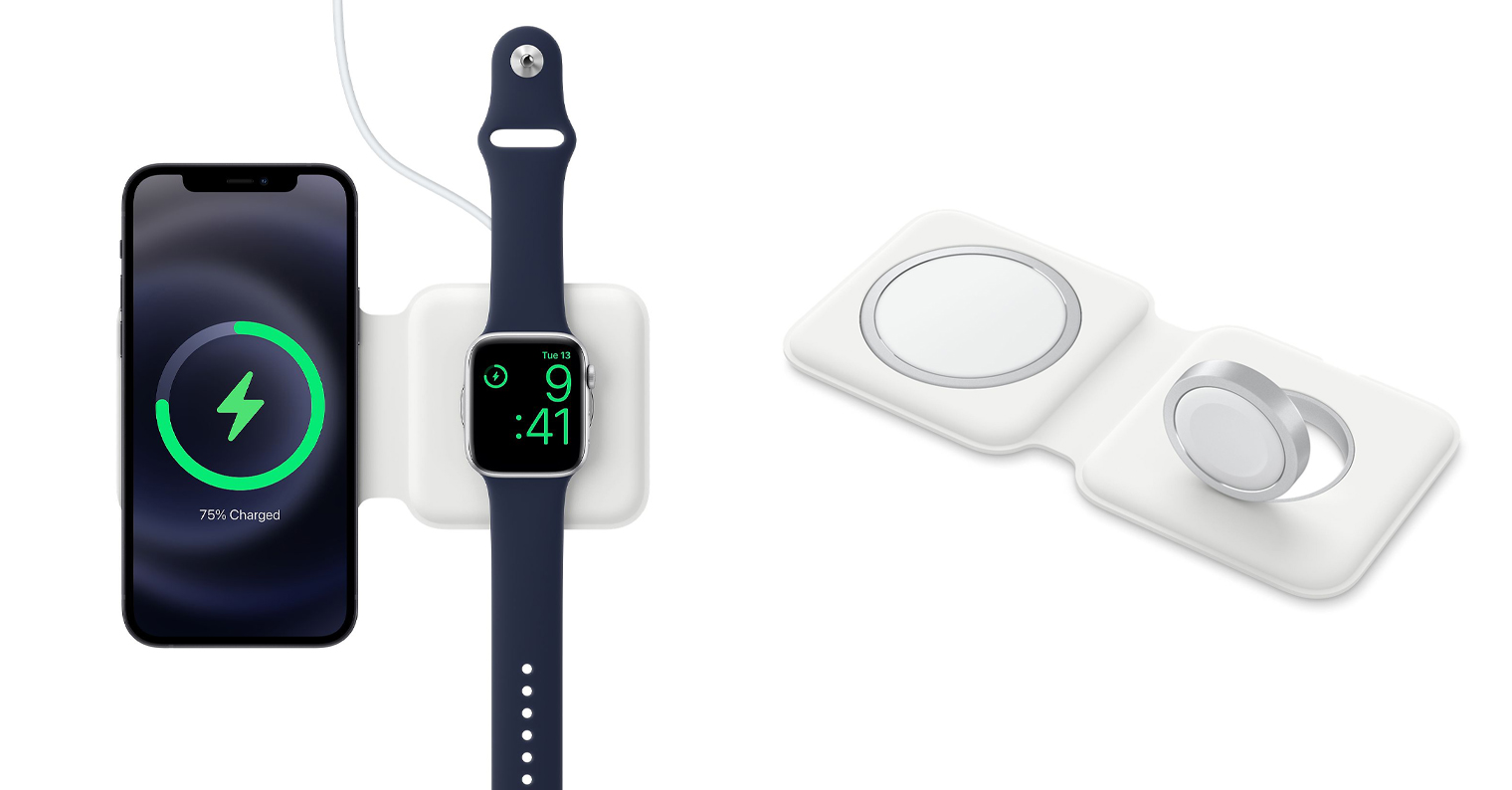
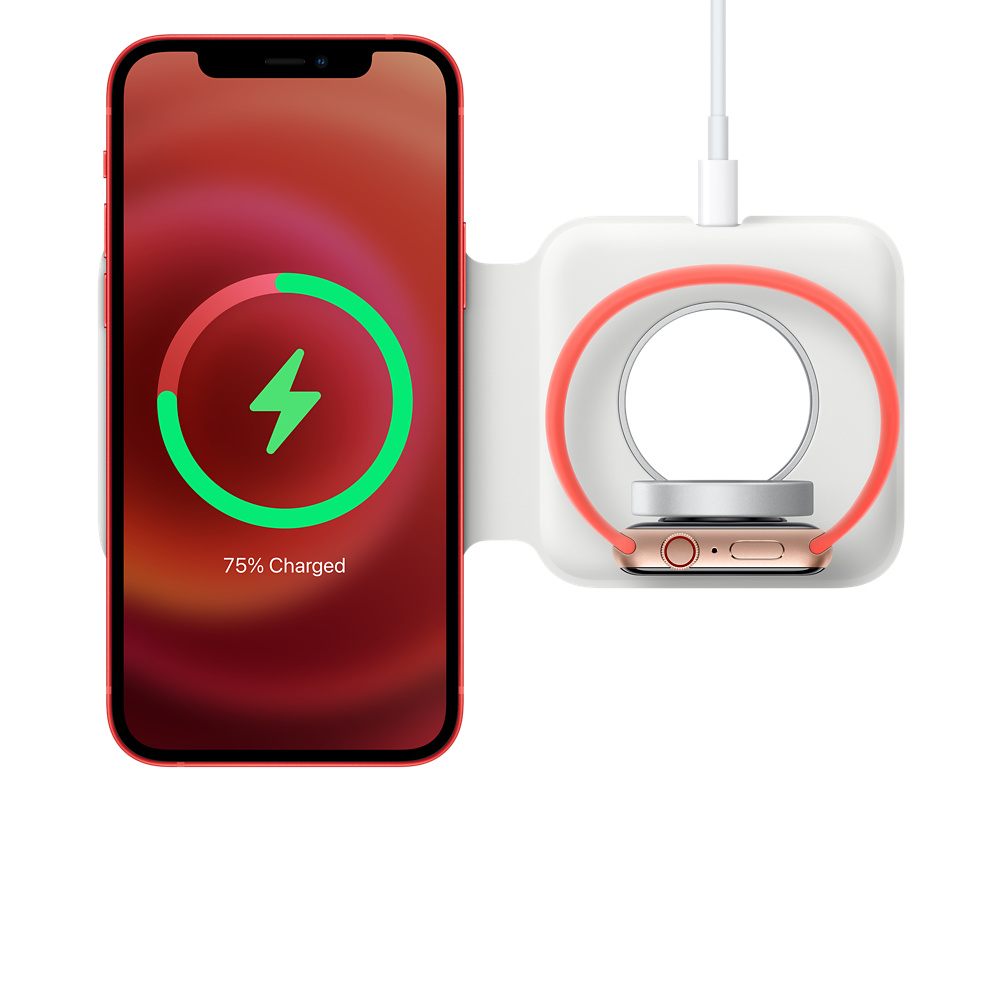
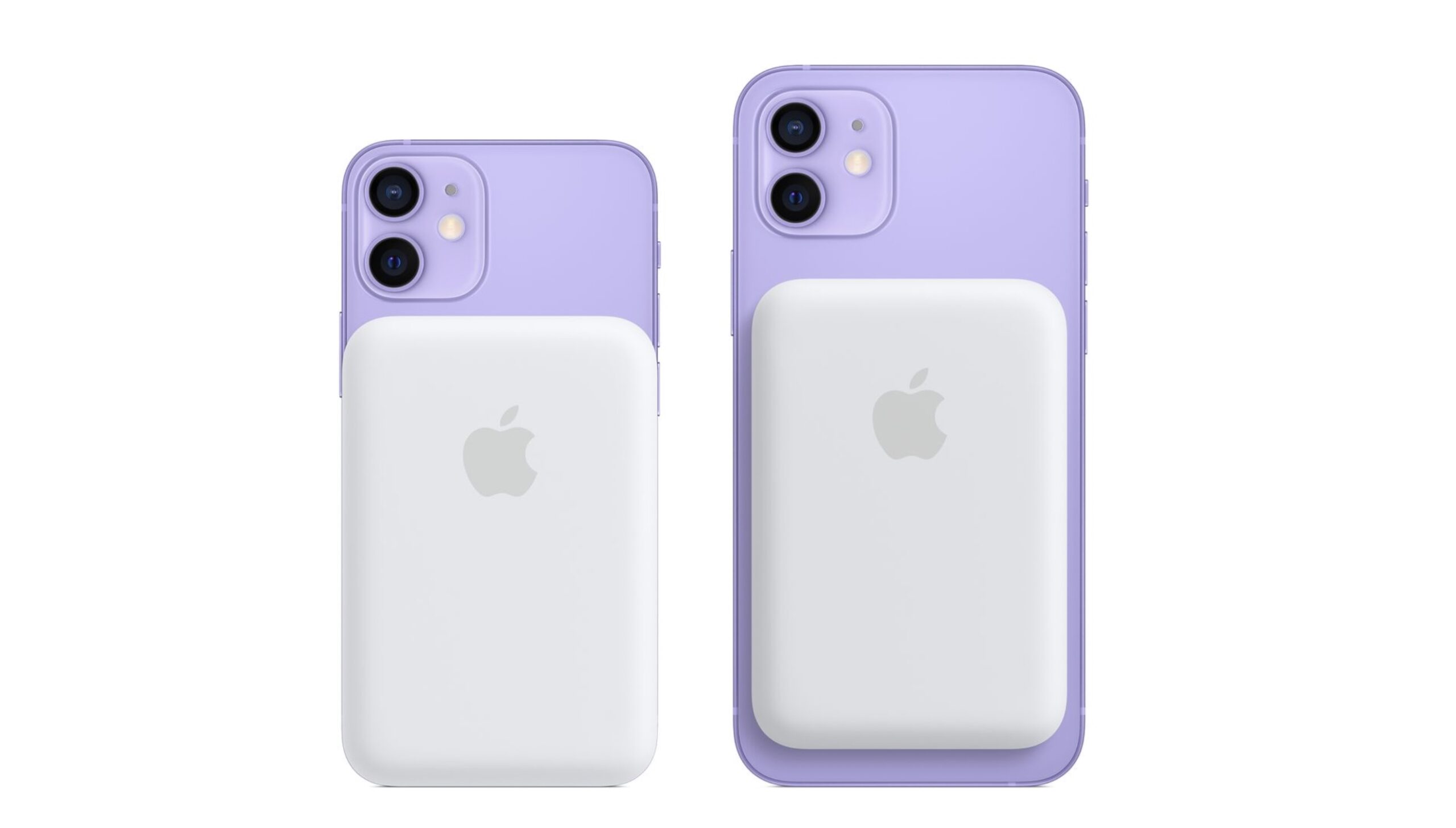
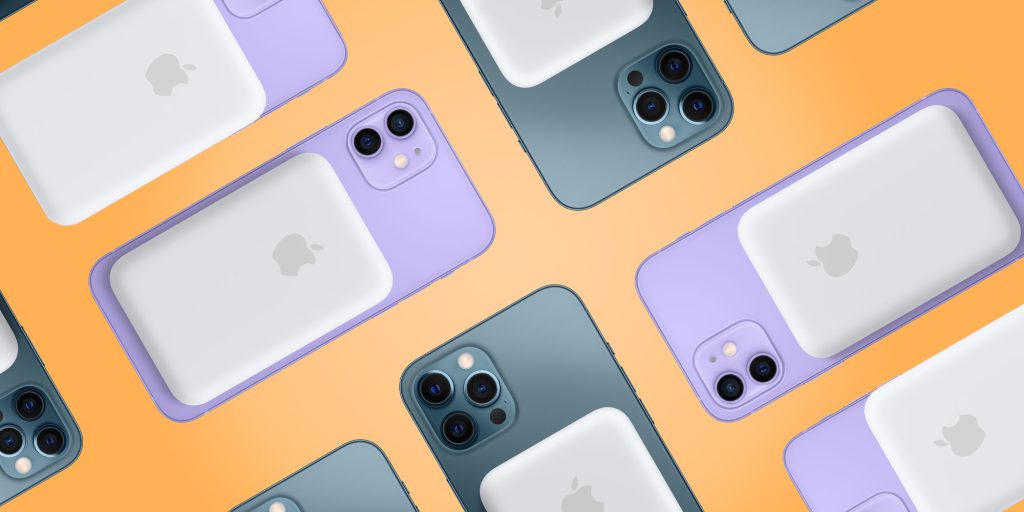
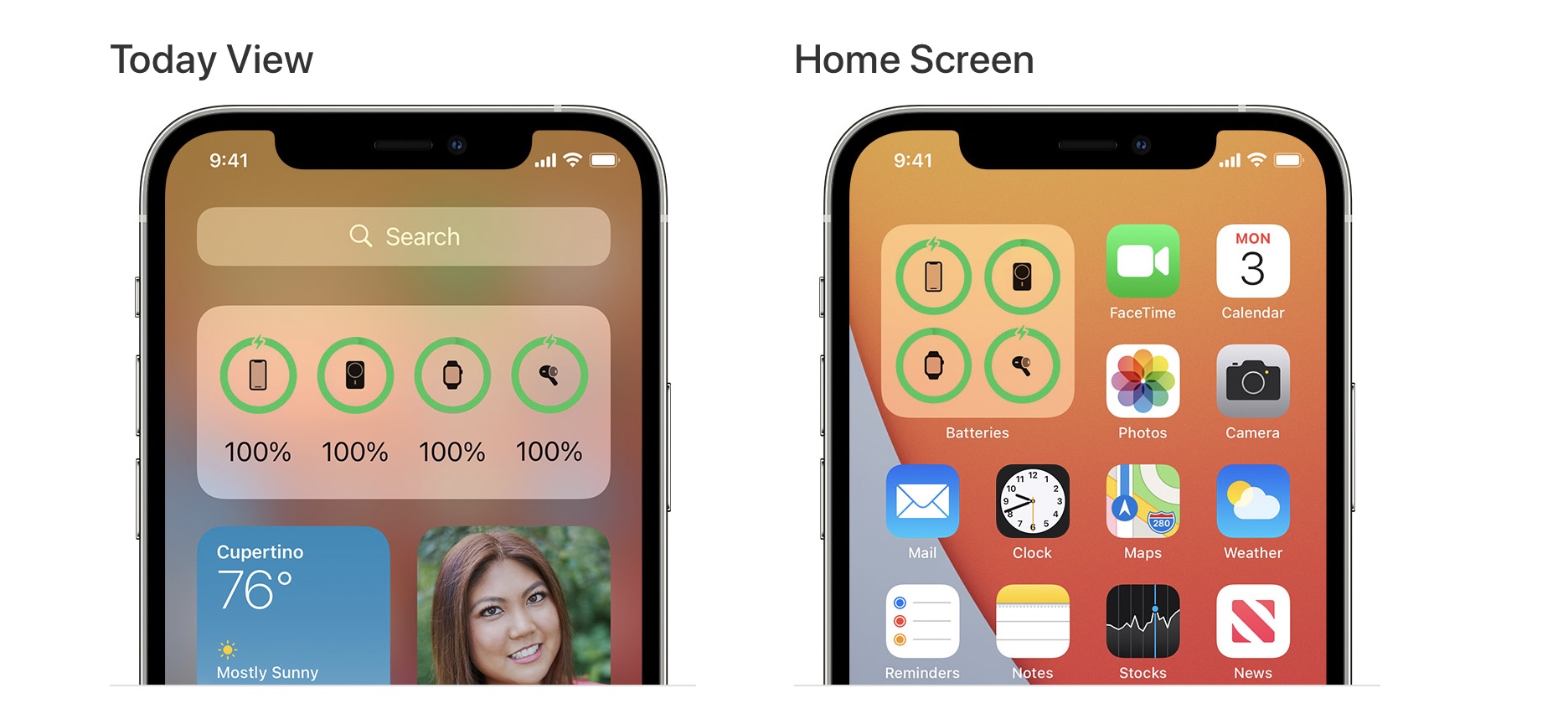
"even so but still compared to the wired slow one." eh?
Oppo find X5 Pro 50W wireless and 10W reverse, which Apple hasn't even worked on yet, so what are you talking about? Magsafe is bullshit.
it won't work without wireless charging until Apple and then others remove the connectors.
MagSafe is a great thing, and I doubt Apple will give it up, especially with the speculation of plug-less iPhones. And that Apple doesn't improve MagSafe? So what? What needs to be improved on it? The charging speed is the least important thing, if I put the iPhone on the MagSafe stand at night before going to bed and take it off in the morning, charging in 25 minutes is of no use to me. And it has never happened to me that my phone runs out of power and a power bank doesn't help me, or sometimes on a trip during lunch, it charges me enough during that hour. So I really don't understand the drive for extremely fast charging. Even the iPhone 12 Mini with "extremely small battery and even less endurance" (as people who have never held it in their hands seem to claim) gives me an active day just fine, and as I say, at worst, the power bank ensures it.